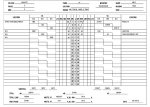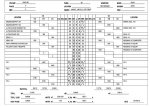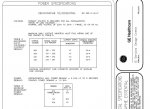Since that statement appears to have confused one or more of my readers, let me clarify that if two or more loads have different power factors, then adding just the real power values (i.e., watts) is not going to give you the correct answer for the sum of their loads. You must also add their reactive power values (i.e., VARs), and then use vector addition of the watts and the VARs to get the total apparent power (i.e., VA).
Watts is scalar, not vector.







